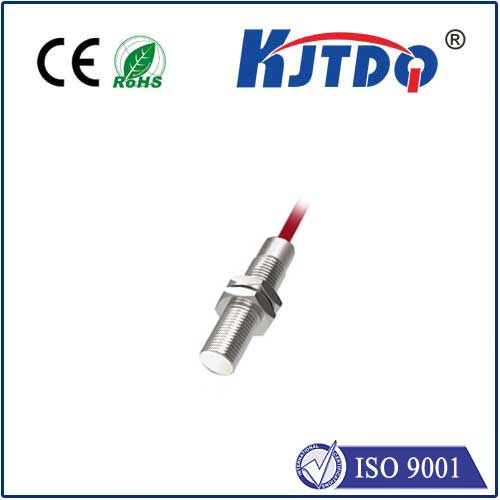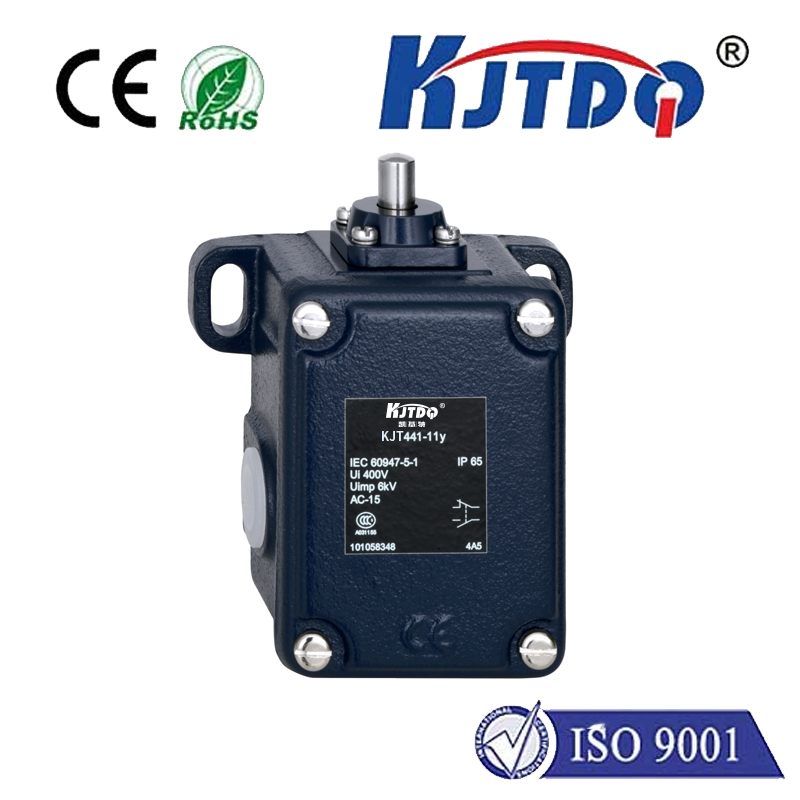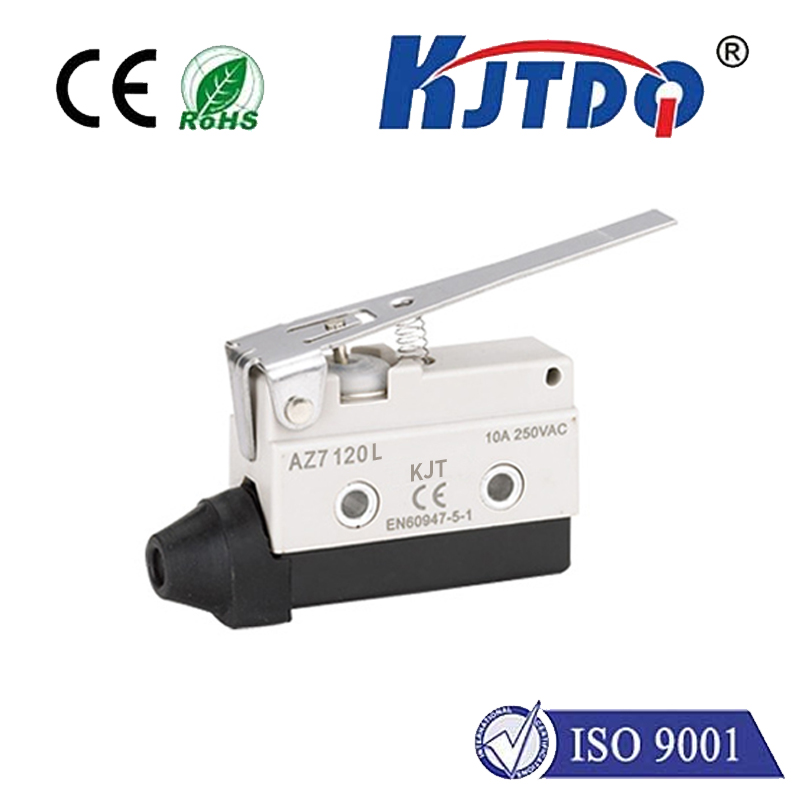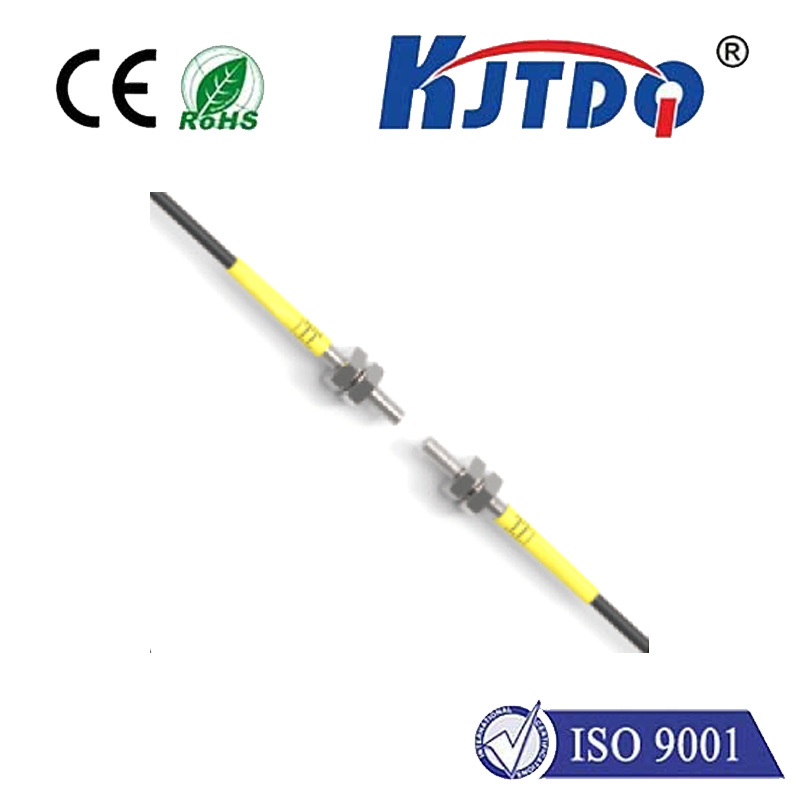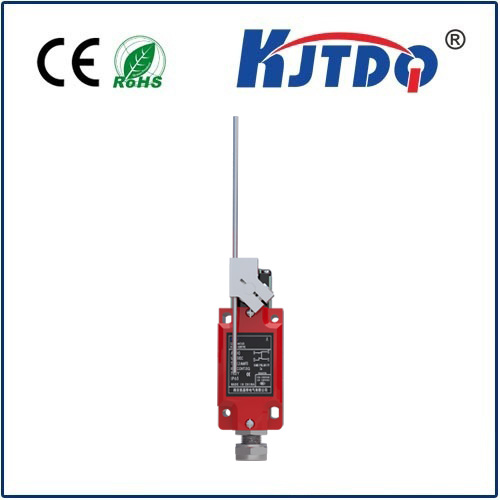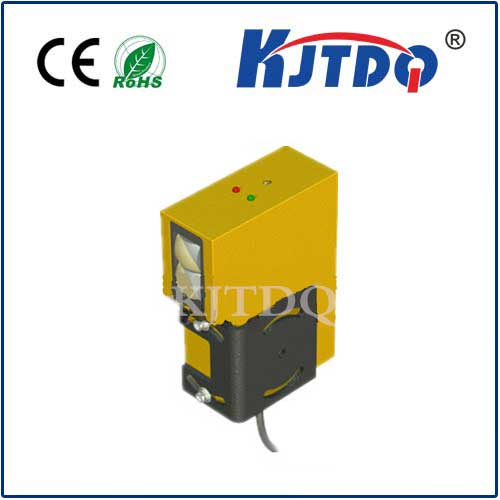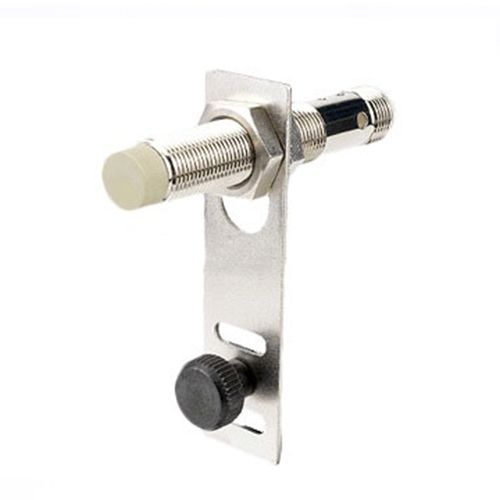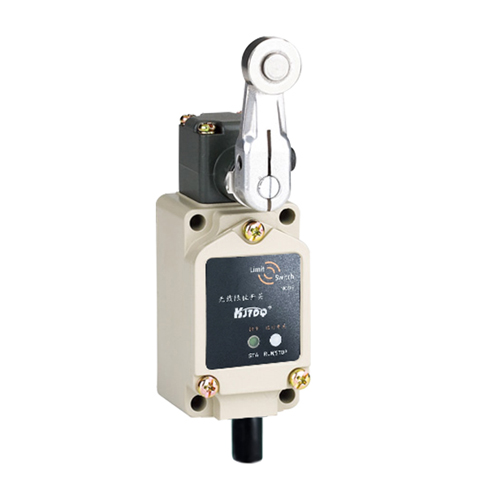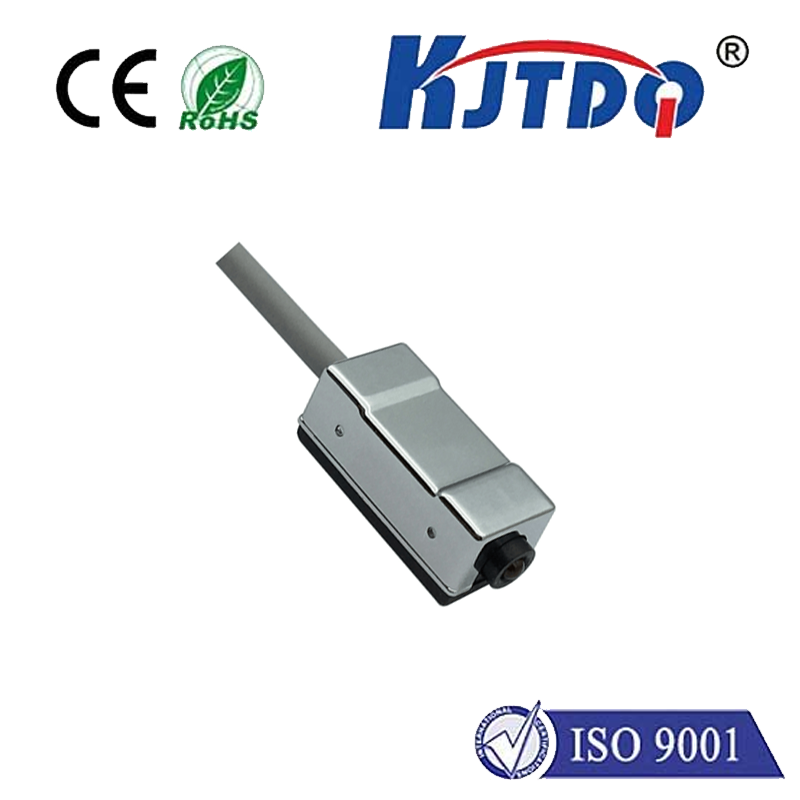radar distance sensor
- time:2025-08-22 00:43:29
- Click:0
Radar Distance Sensors: Beyond the Beep - Precision Proximity for a Connected World
Imagine technology that sees through fog, ignores blinding sunlight, and operates flawlessly in driving rain or swirling dust. It doesn’t just detect an object’s presence; it knows precisely how far away it is, its relative speed, and sometimes even its size – all without physical contact. This isn’t science fiction; this is the remarkable capability delivered by the modern radar distance sensor. Moving far beyond simple beeping parking aids, these sophisticated devices are becoming the silent, reliable eyes of countless automated and intelligent systems.
Understanding the Core: How Radar Measures Distance
At its heart, a radar distance sensor works on the same fundamental principle as the large radar systems scanning the skies or seas: it emits radio waves and listens for their echo. Here’s a simplified breakdown:
- Wave Emission: The sensor transmits a specific radio frequency signal (often in the microwave or millimeter-wave spectrum, like 24 GHz, 60 GHz, or 77 GHz).
- Propagation & Reflection: These radio waves travel outward at the speed of light. When they encounter an object within their field of view, a portion of the wave’s energy is reflected back towards the sensor.
- Echo Reception: The sensor’s sensitive receiver captures the returning echo.
- Time-of-Flight Calculation: The core principle for distance measurement is Time-of-Flight (ToF). Since radio waves travel at a known constant speed (the speed of light,
c), the sensor calculates the distance (d) to the object using the simple formula:
d = (c * Δt) / 2
Where Δt is the time interval between the transmission of the signal and the reception of its echo. The division by 2 accounts for the round-trip journey of the signal.
More Than Just Distance: The Advantages of Radar Sensing

While distance measurement is the primary function, modern radar distance sensors, particularly those using Frequency Modulated Continuous Wave (FMCW) technology, offer significant advantages over alternatives like ultrasonic or basic infrared sensors:
- Superior Environmental Immunity: Radar waves penetrate non-metallic obscurants like fog, smoke, dust, rain, and snow far better than optical methods (LiDAR, cameras) or sound waves (ultrasonic). This makes radar distance sensors exceptionally reliable regardless of lighting conditions – bright sunlight or pitch darkness pose no problem. Their robustness is a game-changer for outdoor and harsh industrial applications.
- Velocity Detection: By analyzing the Doppler shift in the frequency of the returned signal compared to the transmitted one, radar sensors can accurately measure the relative speed of a moving object. This is crucial for applications like automotive adaptive cruise control or traffic monitoring.
- Simultaneous Multiple Target Detection: Advanced signal processing allows many radar sensors to detect, track the distance to, and measure the velocity of multiple objects within their coverage area simultaneously.
- Non-Contact & Material Independence: Radar measures distance without touching the object. While metallic objects reflect strongly, most other materials (plastic, wood, liquids, people) also reflect enough energy for detection, making radar highly versatile.
- Longer Ranges: Depending on the frequency and power, radar distance sensors can achieve detection ranges from a few centimeters up to several hundred meters, covering a broad spectrum of needs.
Diverse Applications: Where Radar Distance Sensing Shines
The unique strengths of radar technology make radar distance sensors indispensable across numerous sectors:
- Automotive & Transportation: This is arguably the most visible application.
- Adaptive Cruise Control (ACC): Maintains a set distance to the vehicle ahead, automatically adjusting speed.
- Automatic Emergency Braking (AEB): Detects imminent collisions and applies brakes based on precise distance and closing speed.
- Blind Spot Detection (BSD) & Lane Change Assist: Monitors adjacent lanes, alerting the driver to vehicles in the blind spot.
- Cross Traffic Alert: Warns about approaching traffic when reversing out of parking spaces.
- Traffic Monitoring & Smart Infrastructure: Measures vehicle count, speed, density, and queues on roads and highways.
- Industrial Automation & Robotics:
- Collision Avoidance: Safeguards AGVs (Automated Guided Vehicles), forklifts, and collaborative robots (cobots) navigating dynamic environments.
- Positioning & Level Measurement: Precisely measures distances for object positioning, palletizing, or monitoring fill levels in silos/tanks (especially non-contact measurement of liquids or bulk solids).
- Conveyor Belt Monitoring: Detects object presence, size, and positioning on lines.
- Access Control & Safety: Triggers automatic doors/gates or creates safety zones around hazardous machinery by detecting personnel proximity.
- Smart Homes & Buildings:
- Presence Detection: More reliable than PIR sensors for turning lights on/off or adjusting HVAC based on room occupancy, even through furniture.
- Gesture Control: Enables touchless control of appliances or interfaces (e.g., waving a hand).
- Intruder Detection: Provides perimeter security, detecting movement through walls or windows in specific setups.
- Drones & UAVs: Essential for altitude hold, obstacle avoidance during flight, and safe landing, especially in challenging visual conditions.
- Consumer Electronics: Finding use in smartphones and laptops for proximity sensing and gesture interaction (though often shorter range).
Key Considerations When Choosing a Radar Distance Sensor
Selecting the right radar distance sensor requires attention to several factors:
- Operating Frequency: Lower frequencies (e.g., 24 GHz) offer better penetration through materials but lower resolution. Higher frequencies (e.g., 60 GHz, 77 GHz, 79 GHz) provide finer resolution and smaller antenna sizes but are more attenuated by air/obscurants. Regulations (e.g., for automotive) also dictate frequency bands.
- Detection Range & Resolution: Required minimum/maximum distance and the ability to distinguish between closely spaced objects.
- Field of View (FoV): The angular width and height the sensor can cover – wide for general presence, narrow for precise targeting or longer ranges.
- Update Rate: How quickly the sensor can take and output new measurements, critical for tracking fast-moving objects.
- Accuracy & Precision: The closeness to the true distance and the repeatability of measurements.
- Output Interface: How the sensor communicates data (e.g., analog voltage, PWM, CAN bus, Ethernet, UART, I2C).
- Environmental Rating: IP rating for dust and water resistance, temperature range tolerance.
The Future is Resonating: Continuous Evolution
Radar distance sensor technology is rapidly advancing. Key trends include:
- Higher Frequencies (mmWave): Increased adoption of 60GHz, 77GHz, and 79GHz bands, enabling smaller form factors, higher resolution (down to millimeter level), and sophisticated object classification.
- Sensor Fusion: Combining radar data with inputs from cameras, LiDAR, and ultrasonic sensors provides a more comprehensive and robust environmental perception system, essential for autonomous driving and complex robotics.
- Miniaturization & Chip-Level Integration: Advances in semiconductor technology (SoCs - System on Chips) are making radar sensors smaller, cheaper, and lower power, opening doors to mass-market consumer applications.
- AI-Powered Signal Processing: Leveraging artificial intelligence and machine learning






